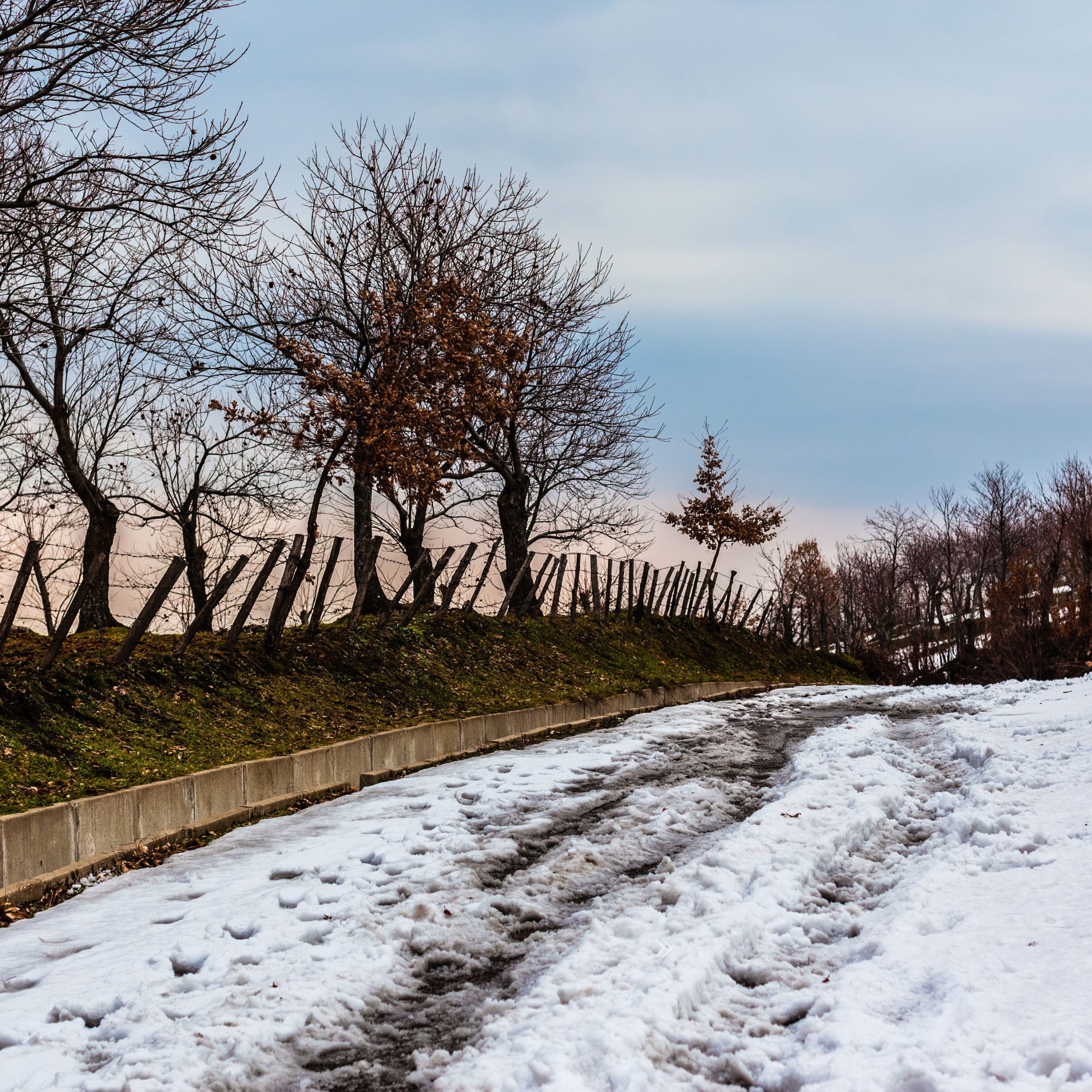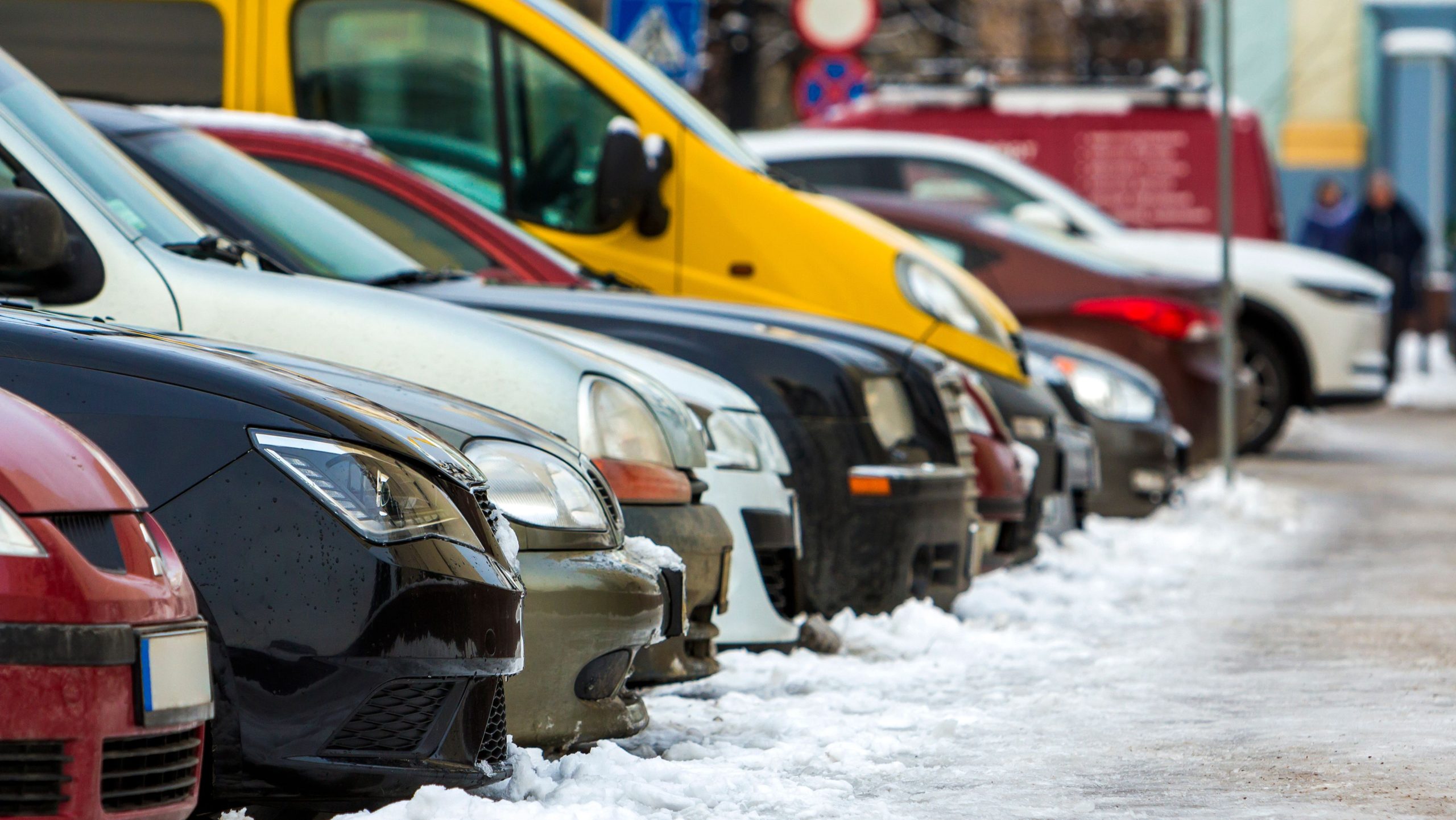During the winter months in the UK, the responsibility for gritting a university campus typically falls under the site management department. These dedicated teams work diligently to ensure that paths, car parks, and other high-traffic areas are safe for students, staff, and visitors to navigate during icy conditions.
By proactively spreading grit or salt on pavements and roads, they help prevent slips and falls, contributing to the overall safety and well-being of the campus community. It’s a crucial task that often goes unnoticed but plays a significant role in keeping the campus operational and accessible, even in the coldest of winters.
Keep your campus open and safe in winter
When dealing with extreme weather on a university campus, it’s essential to have a plan in place to ensure the safety of students and staff. Here are a few strategies to help keep your university campus open and safe in bad weather:
- Monitor weather conditions: Stay informed about weather forecasts and warnings to anticipate any potential risks. Utilize weather monitoring services and communication channels to keep everyone updated on the situation.
- Create a contingency plan: Develop a detailed action plan outlining steps to be taken in case of severe weather conditions. Make sure the plan includes evacuation procedures, shelter locations, and communication protocols.
- Maintain communication: Establish clear communication channels to disseminate information quickly and effectively. Use various platforms such as email, text alerts, social media, and campus websites to keep the university community informed.
- Provide adequate resources: Ensure that the campus is equipped with necessary resources such as snow removal equipment, emergency supplies, and backup power sources to handle any weather-related challenges.
- Educate and train: Conduct regular training sessions and drills to prepare students, faculty, and staff for emergencies caused by bad weather. Make sure everyone knows their roles and responsibilities in ensuring safety on campus.
- Collaborate with local authorities: Establish partnerships with local emergency services and authorities to coordinate responses during severe weather events. Work together to ensure a coordinated and effective response to any emergency situation.
By implementing these strategies and staying proactive, your university can maintain a safe environment for everyone on campus, even in the face of challenging weather conditions.
Safety first
Slipping on ice on campus can lead to various consequences, not just for the student but also for the university. The costs associated with a student slipping on ice can include medical expenses for any injuries sustained, potential legal fees if a lawsuit is filed, and the impact on the university’s reputation.
Additionally, there may be costs related to implementing better ice removal and prevention strategies to avoid similar incidents in the future. It is crucial for universities to prioritise campus safety and invest in measures to prevent accidents like slipping on ice.
Seek out the experts
However, if you are looking for additional assistance or professional services, you may consider reaching out to specialized winter maintenance companies that offer gritting and snow clearing services. These companies are equipped with the necessary tools and expertise to keep your campus pathways and parking lots clear of ice and snow, providing a safer environment for everyone during the colder season.
Remember to plan ahead and schedule gritting services in advance to effectively manage winter weather challenges on your campus.





